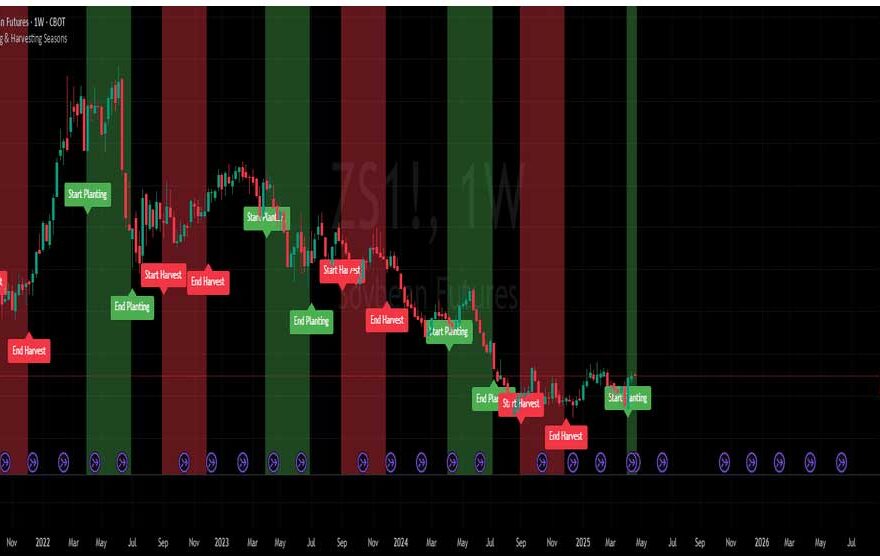How Qualified Investors are Exploring Access to Private Credit Loans Today

Private credit loans are no longer confined to the backrooms of institutional investing, notes Rent Easy Management company. With the advent of new technology and digital infrastructure, the process of discovering and accessing these opportunities has undergone significant changes. Investors today are tapping into a new wave of direct and efficient platforms that offer more control and better visibility. One of the biggest game-changers? Tokenization.
It’s not just about creating digital assets; it’s about redefining how private credit loans are discovered, evaluated, and held. From fractional entry points to issuer-direct access, this evolution is reshaping the way capital is deployed into private credit. In this blog, we examine how investors are exploring this shift and why private credit loans are quickly becoming a cornerstone of alternative investment portfolios.
What are Private Credit Loans?
Private credit loans are lending arrangements negotiated directly between lenders and borrowers, typically outside the traditional banking system. These loans typically offer fixed or floating returns and are designed to meet the borrower’s specific financing needs.
In the past, private credit loans were considered exclusive territory, requiring large capital commitments and strong institutional relationships. But digital innovations are removing those entry barriers. With better data access, improved reporting standards, and tokenized formats, these loans are now more manageable for modern investors looking to diversify beyond public market volatility.
Why Investors are Embracing Private Credit Loans
Private credit loans are capturing increased attention for their blend of steady returns, customization, and growing accessibility through modern platforms.
- Lower Entry Barriers
One of the biggest reasons for the growing interest in private credit loans is the reduced capital requirement. Traditionally, these opportunities demanded significant financial commitments. Now, tokenization enables investors to commit much smaller amounts without compromising on deal quality.
This opens up access to a wide range of private credit opportunities that were previously off-limits, allowing investors to diversify across sectors and risk profiles with a far more agile capital allocation strategy.
- Better Transparency
Transparency has long been a concern in private credit markets, particularly when it comes to bespoke deals that lack public disclosure. With tokenized private credit loans, that concern is being addressed head-on. Platforms can now provide real-time insights into borrower performance, repayment schedules, and loan documentation to authorized users. This not only enhances investor confidence but also supports stronger due diligence.
Blockchain integration ensures that the information presented is verifiable and tamper-proof, removing many of the grey areas that once made private credit less approachable.
- Direct Access to Issuers
Previously, access to private credit loans was intermediated and managed through funds, brokers, or syndication desks. This not only increased costs but also distanced investors from the core of the opportunity. Tokenization is reshaping this dynamic by enabling more transparent, programmable access to issuer-level opportunities.
While many platforms still use regulated structures like SPVs, investors can now engage more directly with individual deals, often with clearer terms, improved visibility, and faster reporting—if supported by strong platform design. This shift allows investors to allocate capital based on personal preferences, avoiding blind-pool commitments and gaining more control over outcomes.
- Liquidity Flexibility
Although private credit loans are inherently less liquid than publicly traded instruments, today’s platforms are introducing new ways to improve access to liquidity. Some tokenized structures now allow for secondary market trading, providing investors with the opportunity to exit or reallocate capital ahead of loan maturity.
While these markets are still in development, they represent an important step toward introducing optionality into an asset class that was once characterized by its strict lock-in periods. This added flexibility makes the asset class more compatible with dynamic portfolio strategies.
- Improved Portfolio Control
Another factor driving interest in private credit loans is the ability to build a portfolio based on highly specific criteria. Rather than investing in a single large loan or committing to a broad fund, investors can choose individual opportunities that align with their investment goals, whether that’s sector preference, maturity length, yield targets, or borrower type.
This precision wasn’t easily possible earlier but is now enabled through technology and tokenization. As investors become more active in managing alternative allocations, the ability to make these informed choices is a significant advantage.
Key Themes Driving Broader Adoption
Several underlying trends are accelerating the shift toward private credit loans, reshaping how these instruments are structured, accessed, and integrated into sophisticated investment strategies.
- Reduced Entry Barriers
Issuers previously targeted institutional investors. Tokenization democratizes private credit loans, enabling seasoned allocators to:
- Gain exposure without massive capital.
- Build diversified loan portfolios with smaller allocations.
- Participate in niche sectors like infrastructure, mid‑market growth, or sustainable finance.
- Embedded Choice and Control
Tokenization puts choice in the investor’s hands:
- Select loans by industry, geography, or yield profile.
- Participate in deals you’ve vetted based on data and confidence.
- Retain control over maturity and liquidity timing.
- Sophisticated Deal Transparency
High-level platforms integrate:
- Interactive investor portals with updates, analytics, and covenant tracking.
- Issuer compliance as per applicable laws, ensuring adherence to terms.
- Audit trails that are tamper‑resistant and verifiable.
These features support trust and high standards of governance in private credit loans.
- Stronger Secondary Markets
Private investment used to mean “hold to maturity.” Now:
- Secondary platforms invite liquidity, a game changer for private credit loans.
- Market pricing creates a benchmark for similar opportunities.
Investors can improve returns by capitalizing on spreads or rate shifts.
The Quiet Revolution: Making Private Credit Mainstream
Private credit loans are undergoing a quiet but powerful transformation. What was once considered a niche asset class, accessible only to large institutions or those with inside networks, is now entering a phase of openness and innovation. Tokenization, issuer-direct platforms, and enhanced transparency are breaking down the barriers that kept this market closed for so long. For investors, this means access to better opportunities, smaller entry points, and greater control over where and how their money is deployed.
The private credit space may still carry some of its traditional characteristics, complexity, bespoke structures, and long-term horizons, but the way investors engage with it has evolved. As digital infrastructure continues to mature, private credit loans will likely remain a compelling piece of the modern portfolio puzzle, built on trust, efficiency, and innovation. Platforms like rootMoney are helping lead this evolution, making private credit not just more visible but truly accessible.


